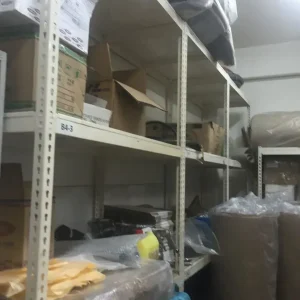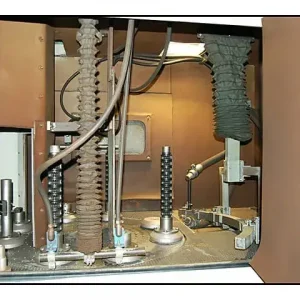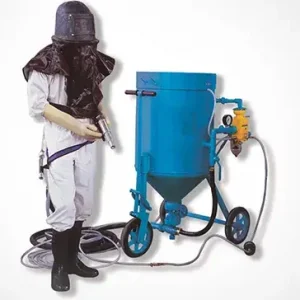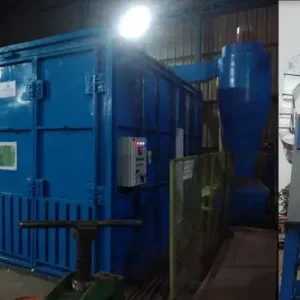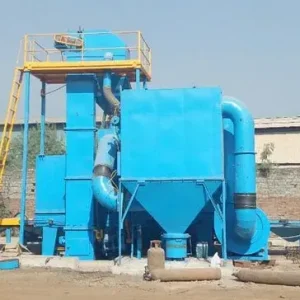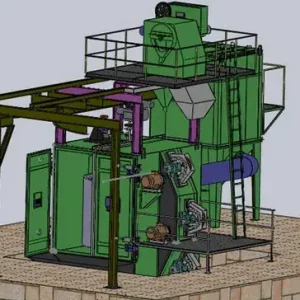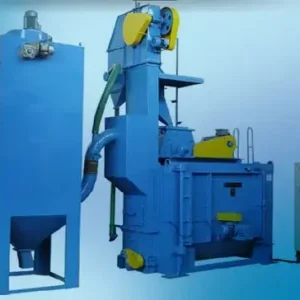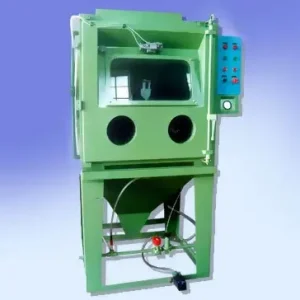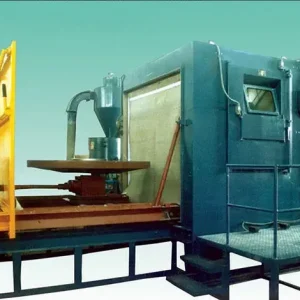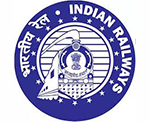Starting out with industrial sand blasting can be exciting—but it also requires proper knowledge and care. Whether you’re using a machine for cleaning, surface preparation, or coating applications, understanding how to operate it correctly ensures both safety and high-quality results.
At Aerowheel Surface Finishing, we’ve trained countless professionals and industries in safe and efficient blasting operations. Based on our experience, here are some essential tips for new users of industrial sand blasting machines.
1. Understand Your Machine Before You Start
Before operating any sand blasting machine, take the time to learn its components and functions.
Know how the blast pot, nozzle, air compressor, and dust collector work together.
Read the operation manual carefully—understanding pressure controls, abrasive flow, and air settings can prevent costly mistakes later.
2. Choose the Right Abrasive for the Job
The abrasive you choose directly impacts the finish and efficiency of your blasting process.
For example:
- Steel grit/shot – for heavy-duty cleaning and rust removal.
- Garnet – for precision surface preparation and eco-friendly blasting.
- Glass beads – for smooth and shiny finishes.
Tip: Avoid reusing abrasive too many times—it loses cutting ability and can damage the surface.
3. Always Wear Proper Safety Gear (PPE)
Sand blasting generates dust, noise, and high-velocity abrasive particles. To protect yourself, always wear:
- A full blast helmet with air supply
- Gloves, respirator, and hearing protection
- Safety boots and protective clothing
Safety should never be compromised, even during short blasting sessions.
4. Maintain Correct Air Pressure and Nozzle Distance
For efficient blasting:
- Maintain consistent air pressure as per machine specifications.
- Keep the nozzle 12–18 inches from the surface for even cleaning.
- Avoid holding the nozzle too close, as it can damage the material or cause uneven texture.
Regularly check your compressor and hoses to ensure stable airflow.
5. Keep Your Work Area Clean and Ventilated
Dust accumulation reduces visibility and can pose serious health risks.
Install proper dust collectors or extraction systems to maintain a clean environment. Good ventilation also extends the life of your abrasive and equipment.
Comparing Wet vs Dry Sand Blasting – Which Is Better?
Enhancing Efficiency with Automated Shot Blasting Systems: Indian Manufacturers' Solutions
How to Set Up a Shot Blasting Unit in Rajasthan
6. Inspect Equipment Regularly
Frequent inspection of hoses, couplings, and nozzles helps detect wear and tear early.
A small crack or leak can cause pressure loss or accidents.
Follow a preventive maintenance schedule—clean filters, drain moisture from air lines, and replace worn parts promptly.
7. Practice Before Handling Full-Scale Jobs
If you’re new to blasting, start with test runs on scrap material.
Experiment with different air pressures, abrasive types, and nozzle angles to understand how each variable affects the outcome.
This helps build confidence and minimizes the risk of damaging actual workpieces.
8. Never Skip Safety Shutdown Procedures
After blasting, always:
- Turn off air and abrasive supply properly.
- Depressurize the blast pot.
- Clean the equipment before storing it.
This not only keeps the machine in good condition but also ensures operator safety.
9. Seek Guidance from Experts
If you’re unsure about the setup, operation, or troubleshooting, reach out to professionals.
At Aerowheel Surface Finishing, our technical team provides hands-on training, safety guidelines, and after-sales support to help new operators get started confidently.
Conclusion
Operating an industrial sand blasting machine safely and efficiently comes with practice and proper training. By following these tips and maintaining your equipment, you can achieve professional-level results with confidence.
At Aerowheel Surface Finishing, we’re committed to helping industries and operators use blasting technology the right way—safely, effectively, and profitably.








